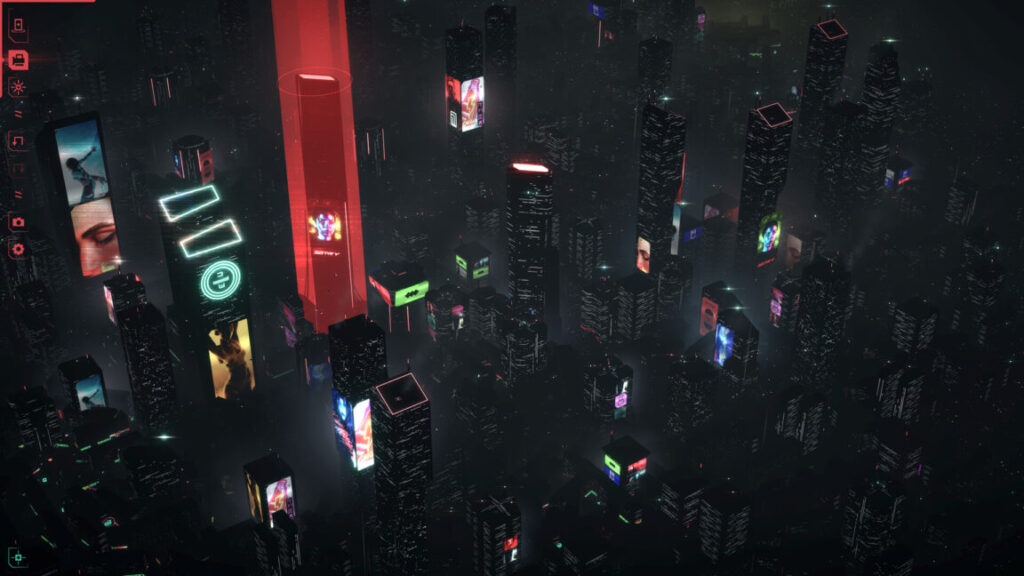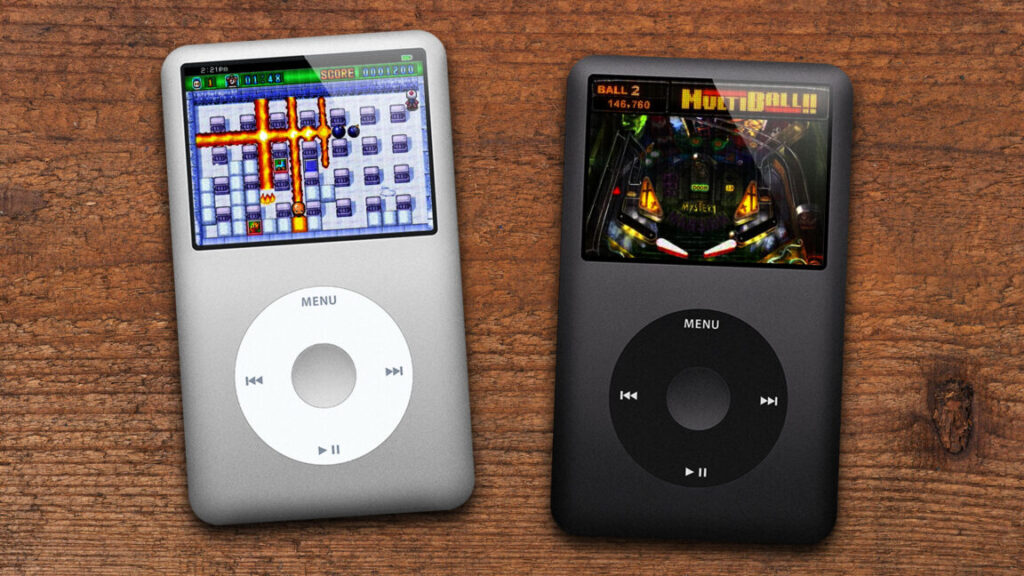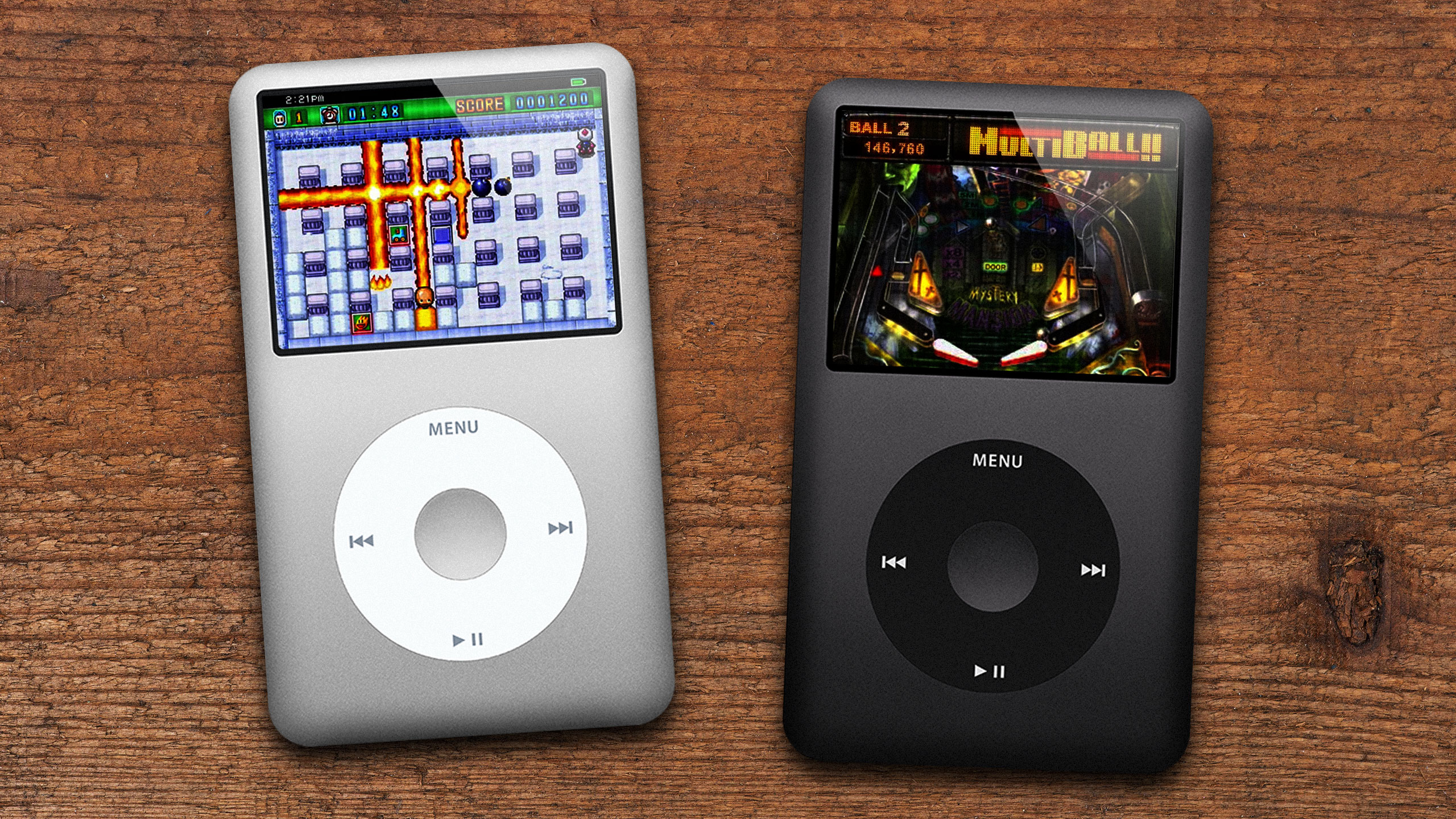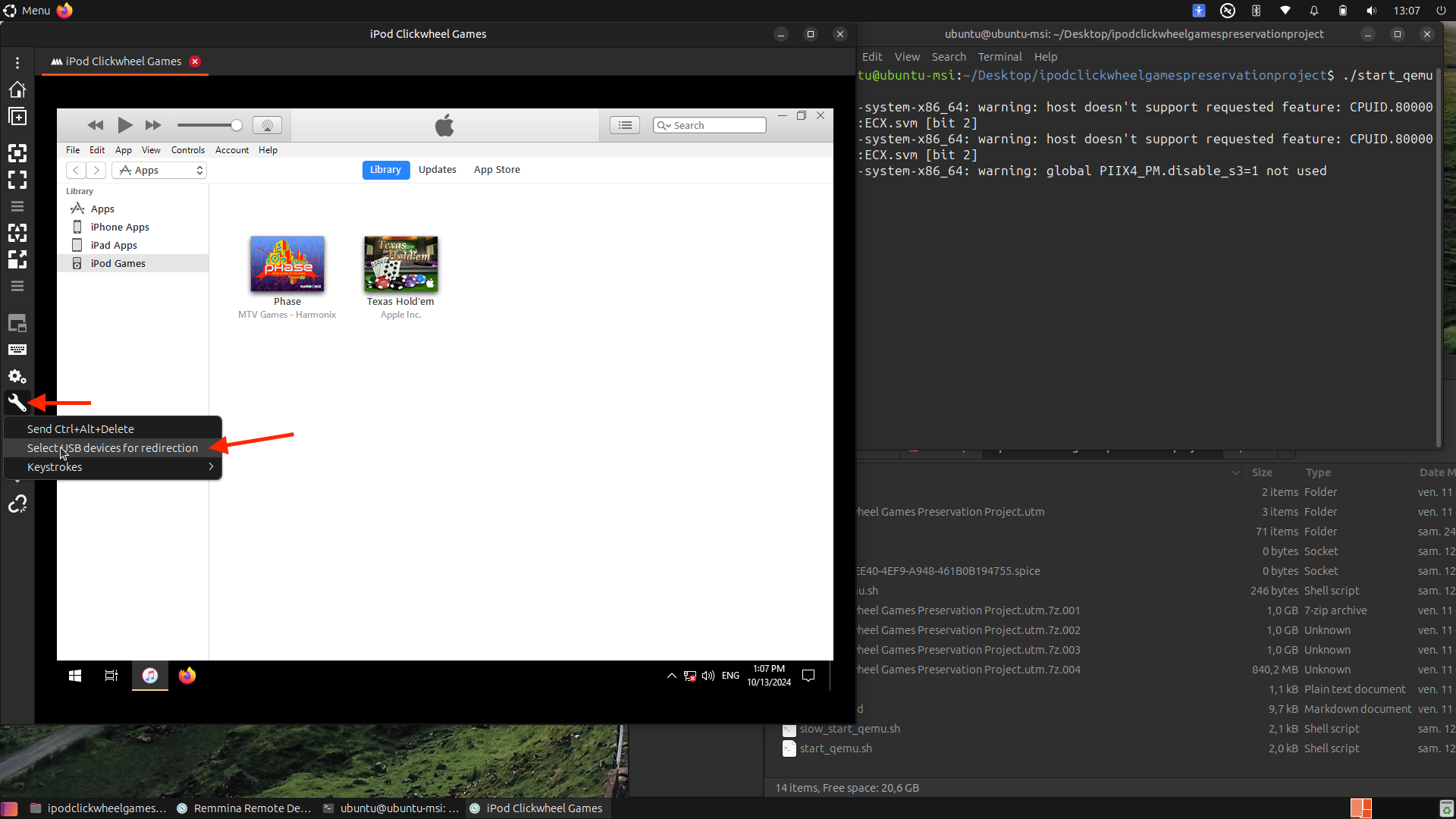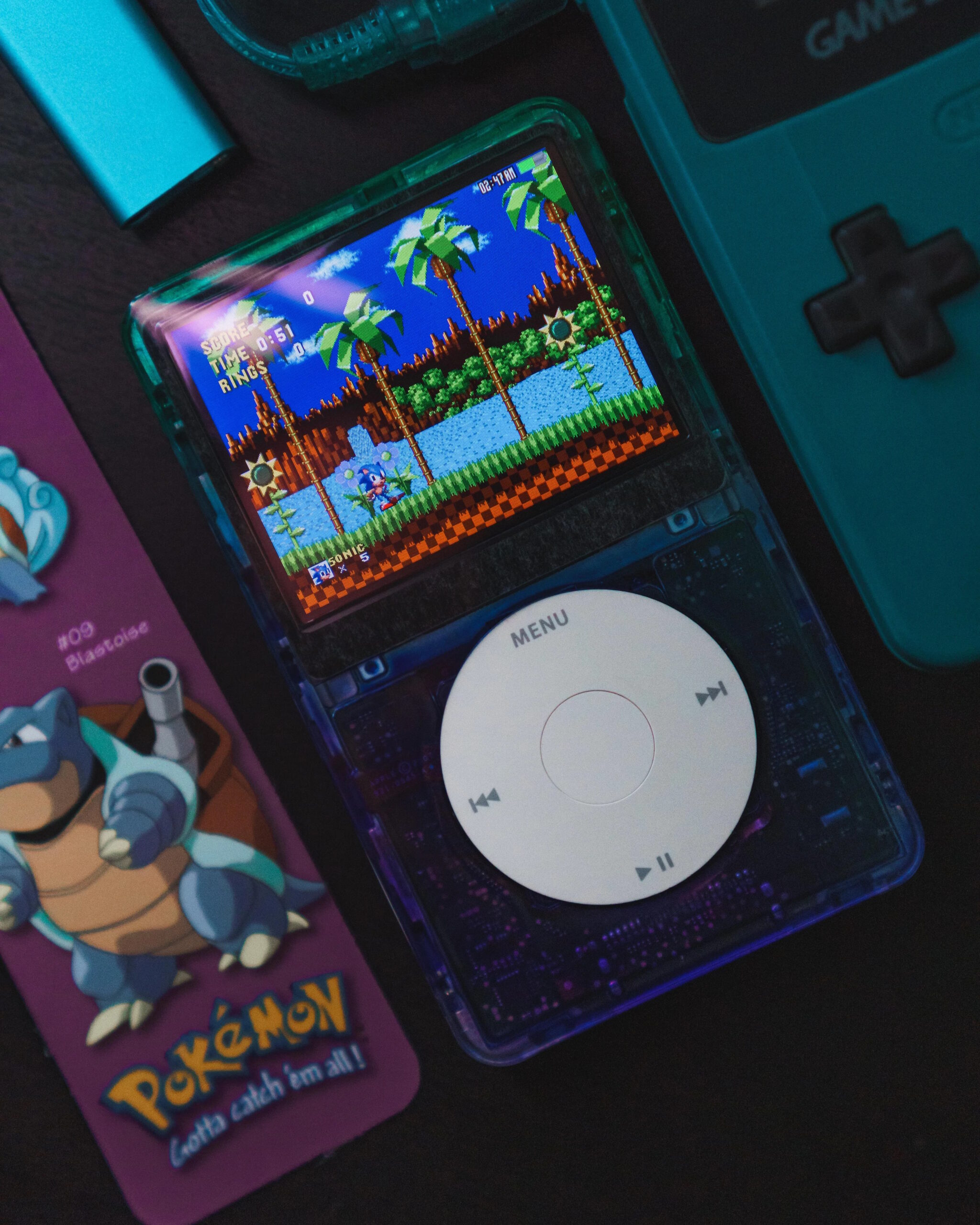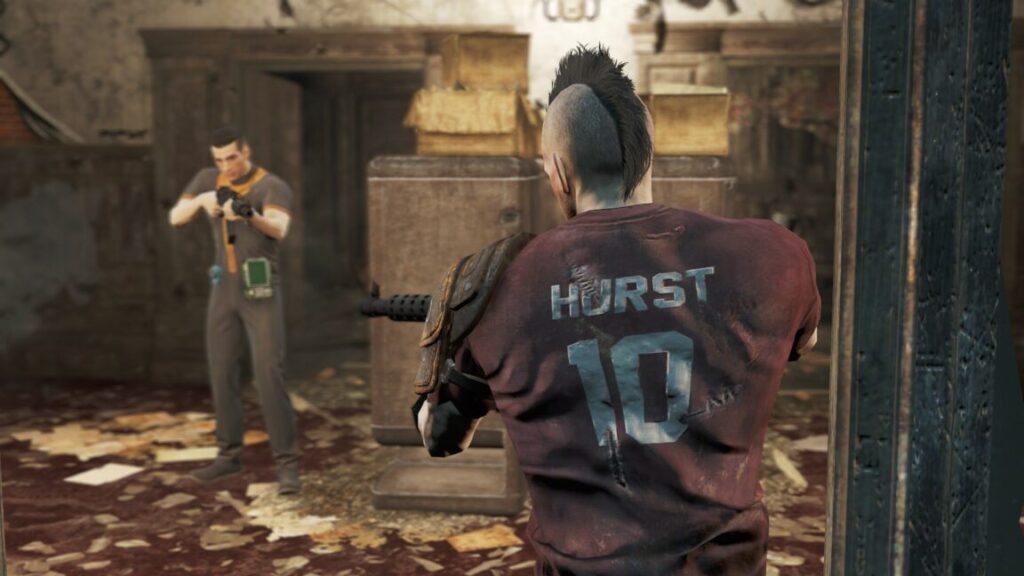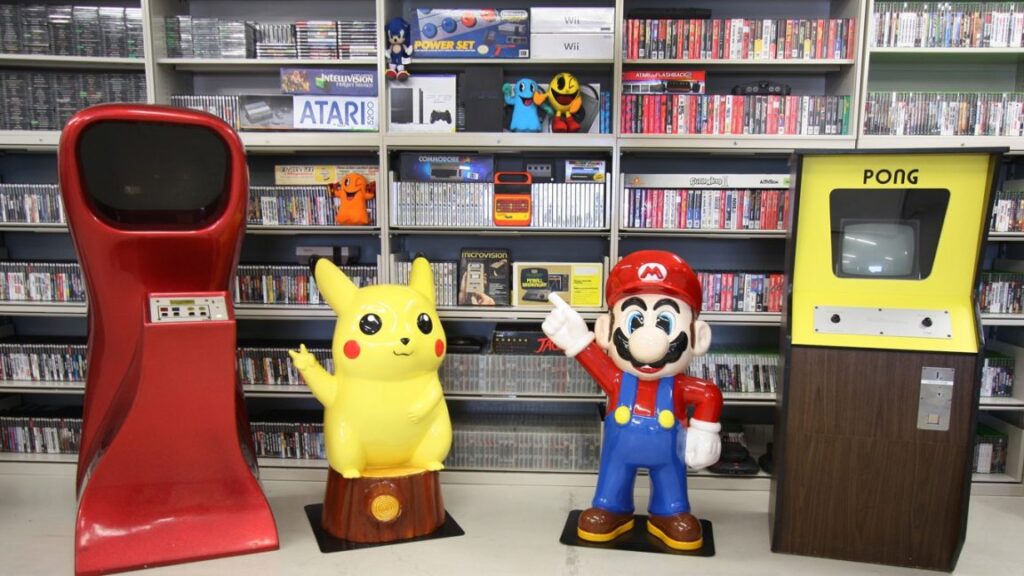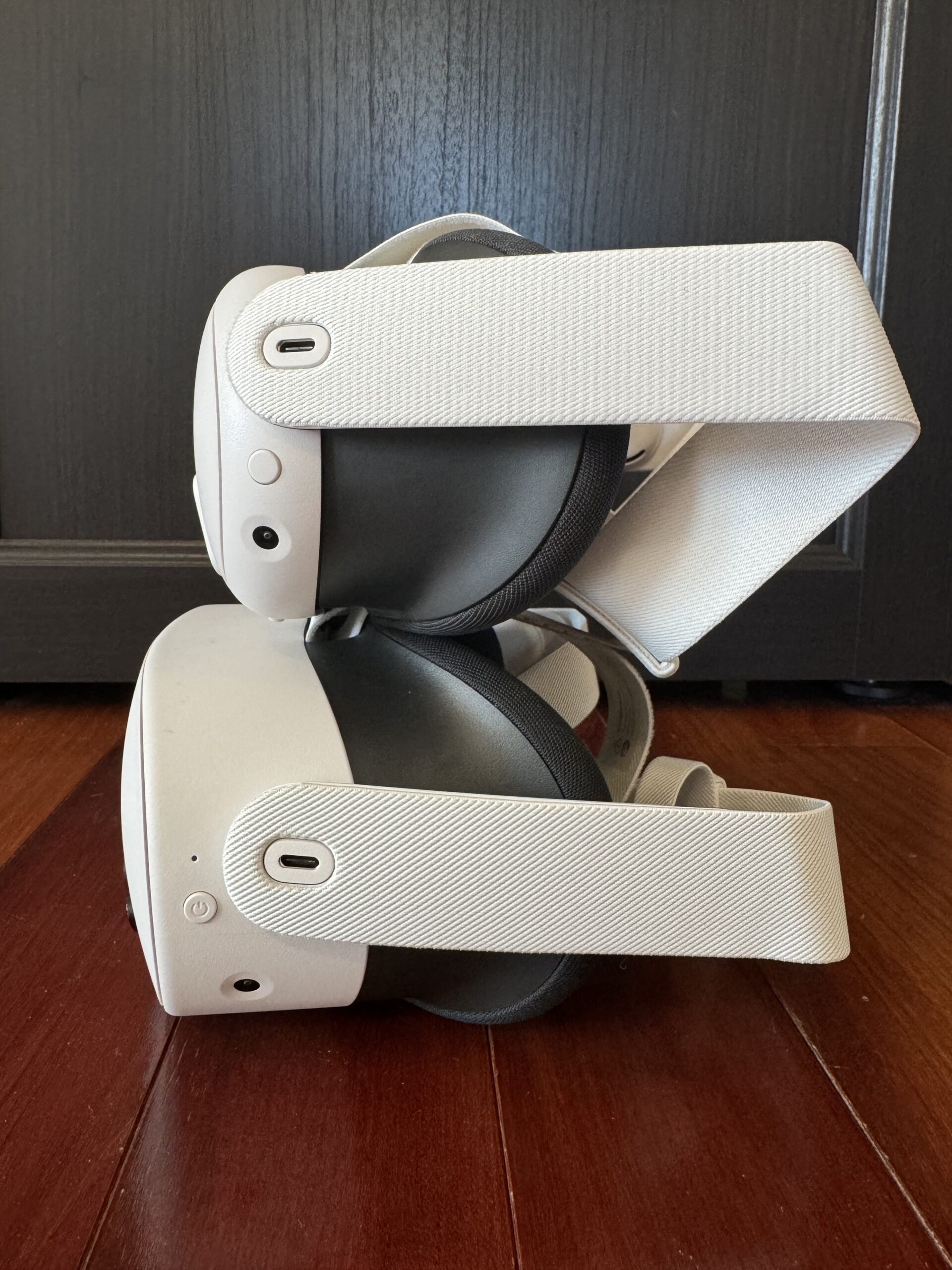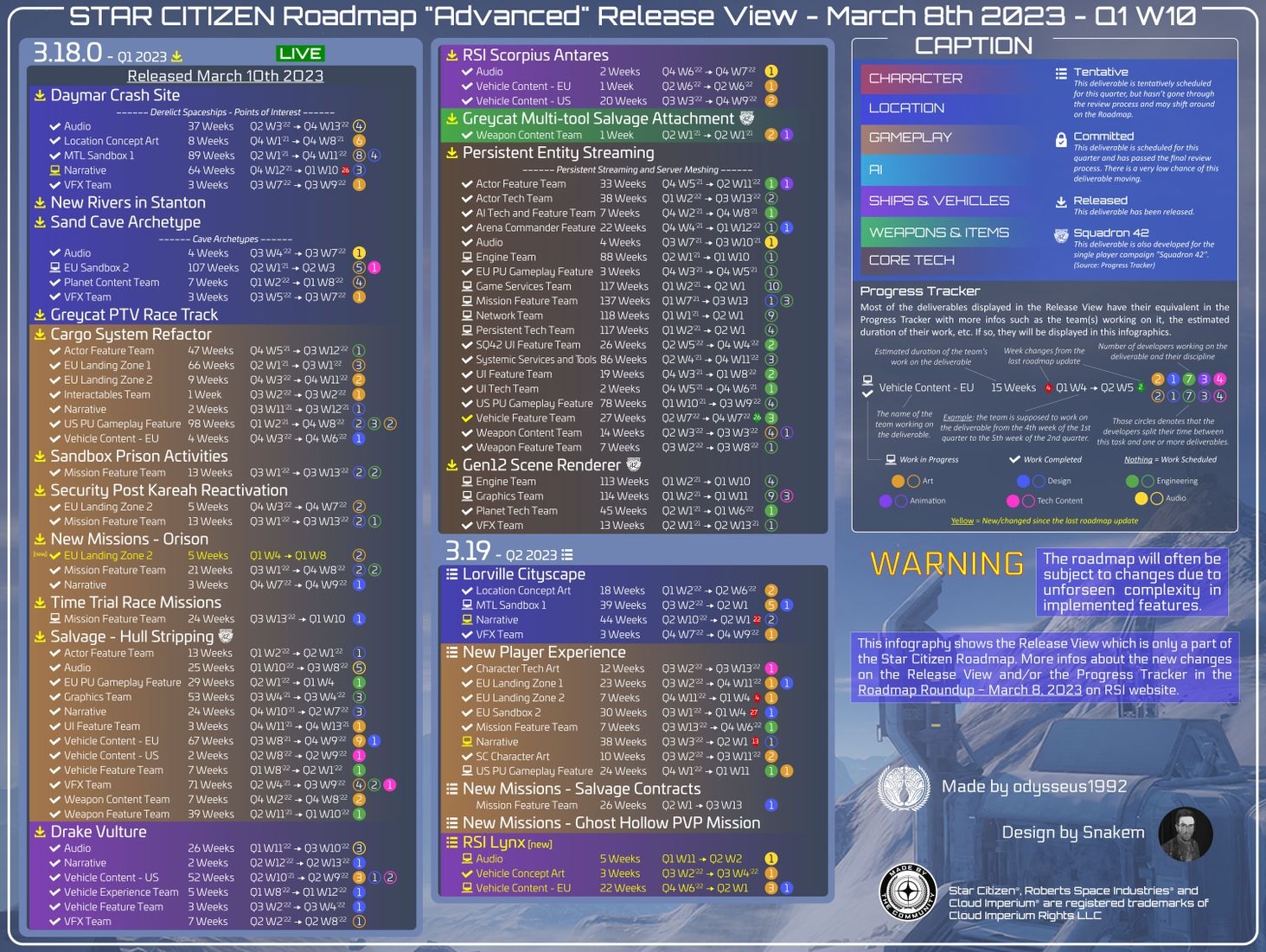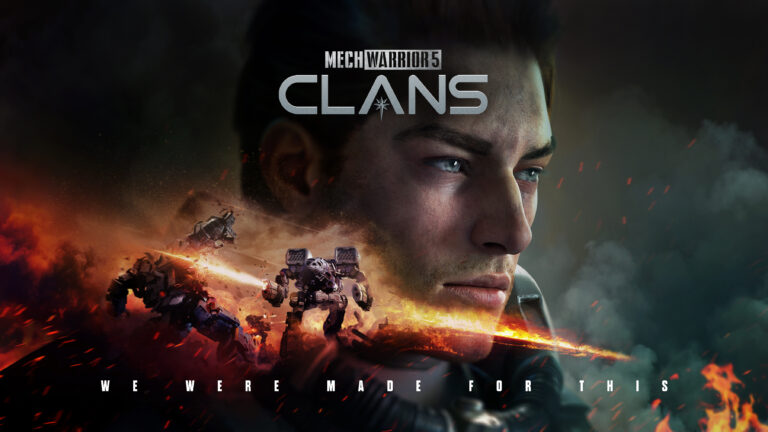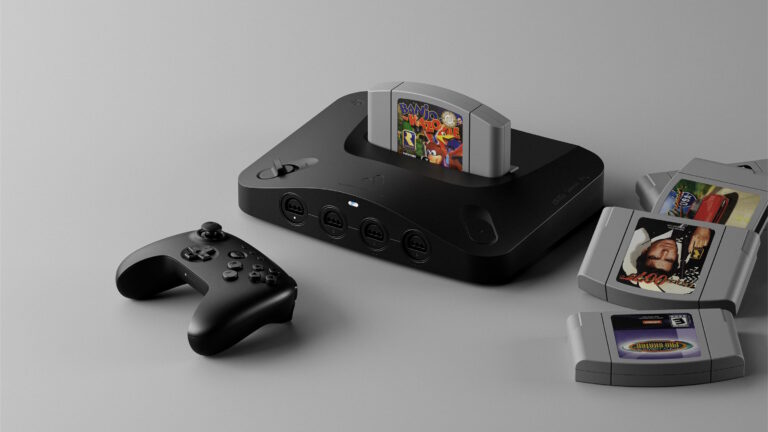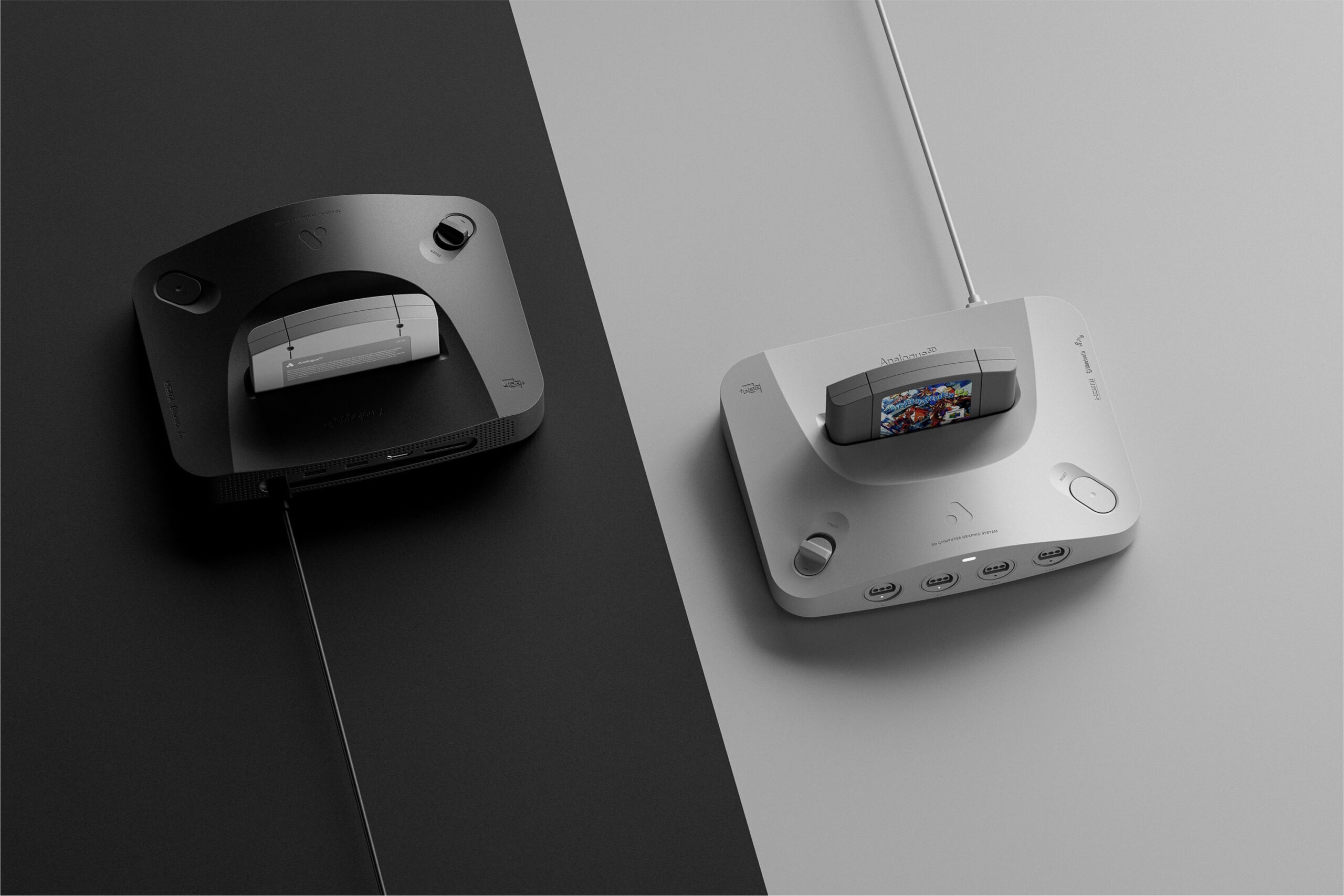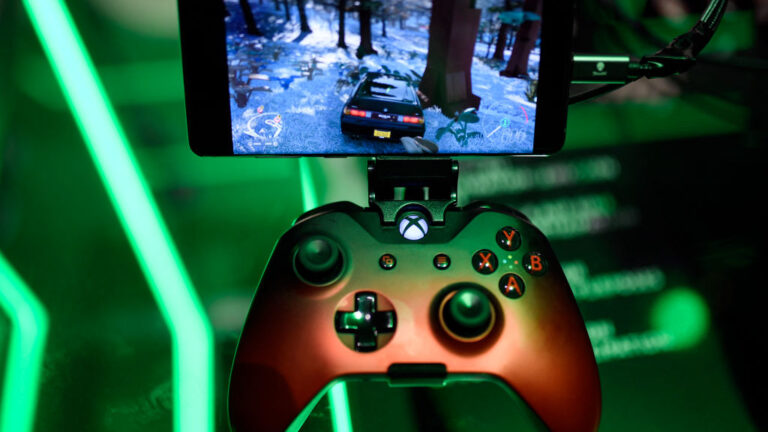Dystopika is a beautiful cyberpunk city builder without the ugly details
Some of my favorite games deny me the thing I think I want most. Elden Ring refuses to provide manageable save files (and I paid for it). Balatro withholds the final math on each hand played (and its developer suggests avoiding calculators). And the modern X-COM games force me to realize just how much a 98 percent chance to hit is not the same as 100 percent.
Dystopika (Steam, Windows) is a city builder in maybe the strictest definition of that two-word descriptor, because it steadfastly refuses to distract you with non-building details. The game is described by its single developer, Matt Marshall, as having “No goals, no management, just creativity and dark cozy vibes.” Dystopika does very little to explain how you should play it, because there’s no optimal path for doing so. Your only job is to enjoy yourself, poking and prodding at a dark cyberpunk cityscape, making things that look interesting, pretty, grim, or however you like. It might seem restrictive, but it feels very freeing.
Dystopika launch video.
The game’s interface is a small rail on the left side of the screen. Select “Building” and a random shape attaches to your cursor. You can right-click to change it, but you can’t pick one. Place it, and then optionally place the cursor near its top to change its height. Making one building taller will raise smaller buildings nearby. Reaching certain heights, or densities, or something (it’s not explained) will “unlock” certain new buildings, landmarks, and decorations.
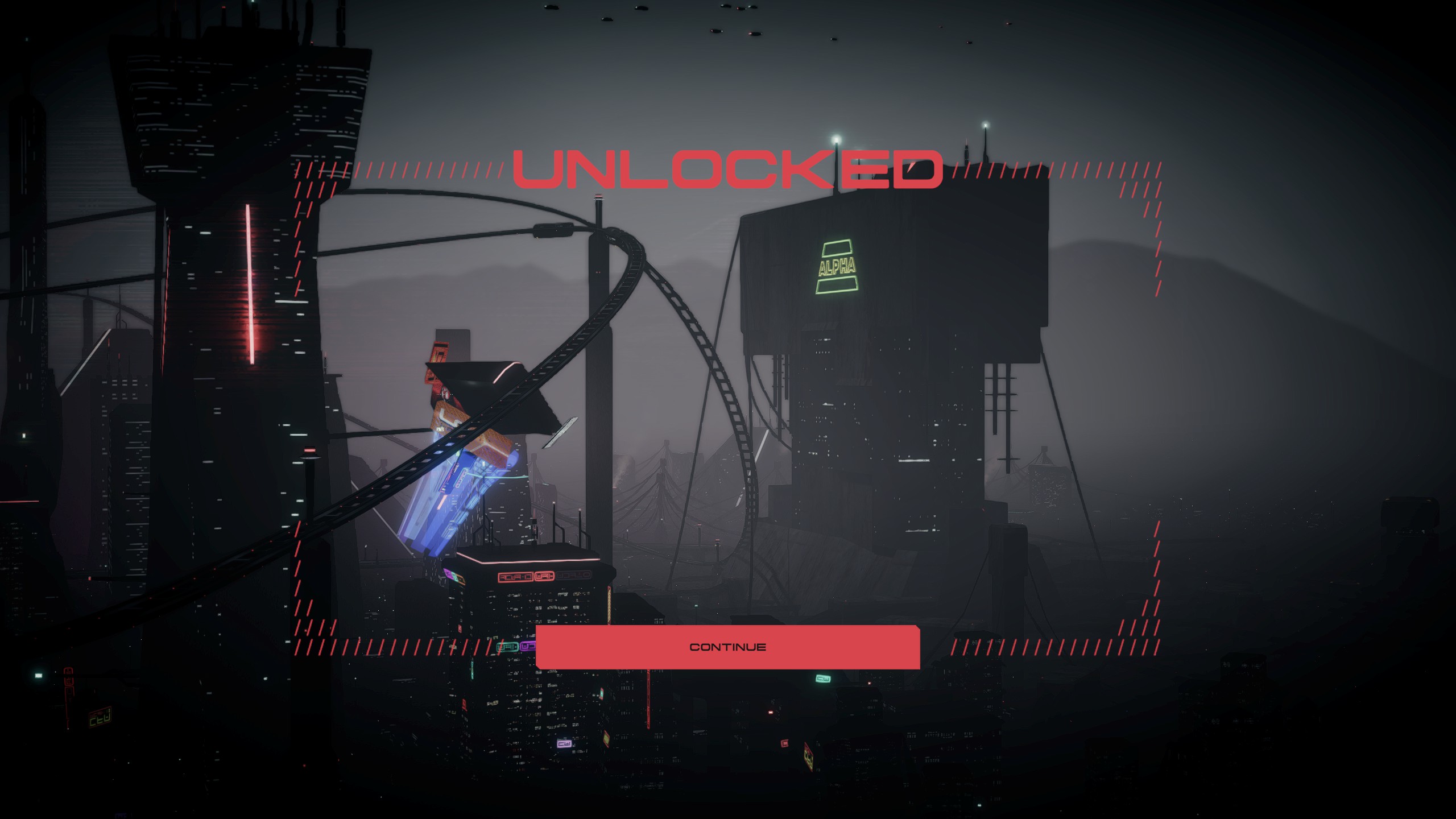
Hooray! I’ve unlocked the headquarters for a megacorp with a very ominous name! (Please appreciate my efforts at public transit.) Credit: Kevin Purdy
You do get to pick out “Props,” like roads and trams and giant billboards and hologram objects and flying carports, but the game is similarly non-committal on what you should do with them, or most anything. You put things down, or delete them, expand them, connect them, and try things out until you like how it looks.
Dystopika is a beautiful cyberpunk city builder without the ugly details Read More »
